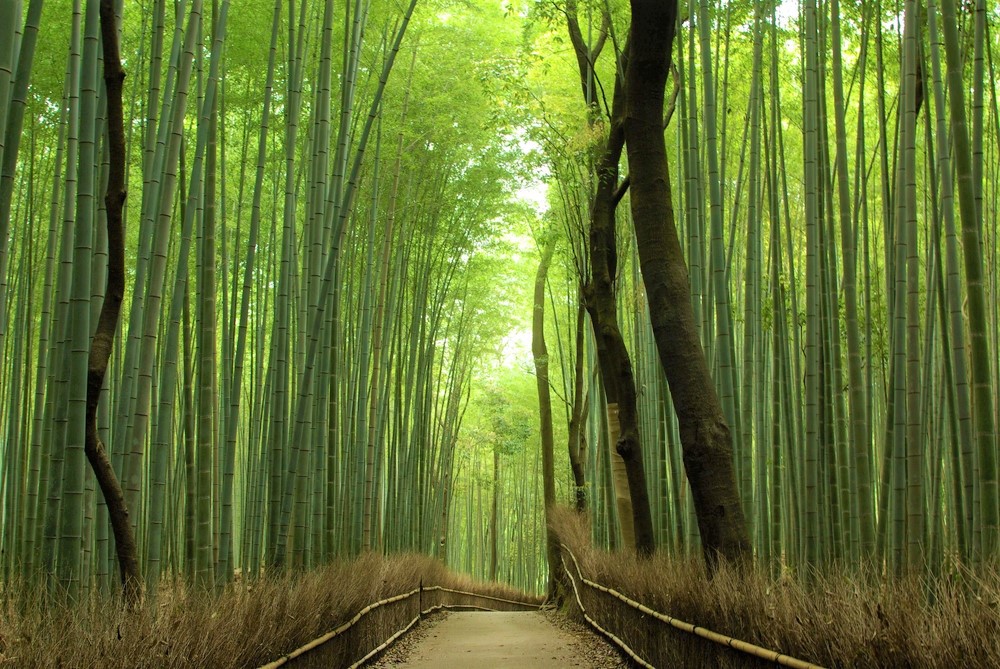-
In this posting we address another common misconception when it comes to bamboo farming and the development of commercial bamboo plantations, and that is bamboo’s need for regular fertilization.
Under a context of regular harvesting, this statement is simply incorrect. In order to be an economically viable crop, under most scenarios bamboo does require fertilizer. Similarly, to grow bamboo as a deforestation free crop, on degraded land, the correct prescription and timing of fertilization is important to allow for the successful establishment of young bamboo and reduce mortality.
Over the past years EcoPlanet Bamboo has carried out many research trials on the ideal silvicultural treatments required in order to optimize the growth, time to maturity and subsequent yields from planted bamboo, while maintaining the sustainability of any venture. Such trials have been carried out using a range of bamboo species and across a wide range of geographies and climates. Some images of these trials are shown below.
While specific to species, level of degradation of the land being planted, and a number of other factors, two clear conclusions stand out:
1. Bamboo plantations require fertilization in order to meet timelines to maturity discussed in the previous post. Noting that bamboo does not (even with fertilization) achieve maturity or reach a harvestable age within 3 years, but rather >5 years for clumping bamboo species.
2. The nutritional needs of a bamboo plant changes through the life cycle development of the plant, with different fertilization required for each of the unique phases of development:
(a) Establishment: the immediate period after transplanting of a bamboo seedling, tissue culture plantlet or bamboo cutting into a bamboo farm or plantation setting;
(b) Growth: the development period of the bamboo plant once it is established and until it reaches maturity;
(c) Maturity: the period of harvest once the bamboo plant reaches maturity and becomes commercially viable.
Landscape View Highlighting Fertilized Vs Unfertilized Bamboo During The Development Phase
So where does this bamboo myth come from? We believe there are a number of different contributing factors:
1. Moso bamboo grown in China requires less fertilization
As discussed in our previous bamboo plantation posts, much of the commonly available information around the planting of bamboo comes from a single context, the growing of Phyllostachys edulis or Moso bamboo in China. As a monopodial or running bamboo, Moso has a unique ecological property – the bamboo plant’s underground rhizome and associated root system allows it to extract nutrients from an extremely large area, and to exploit new areas with each new year of growth.
In contrast, the sympodial or clumping bamboos that are the focus of the exponential increase in interest in the potential of bamboo farms and bamboo plantations across much of Latin America, Asia and Africa, do not have this ability to gather nutrients from far and wide. In contrast sympodial bamboo species, which include commonly targeted species such as Dendrocalamus asper and Growmore Biotech’s beema bamboo, a select clone of Bambusa balcooa, have an entirely different underground root structure. The rhizome and root system of these sympodial bamboo species is extremely compact, and does not expand beyond a given diameter, unique to each species. This structure therefore limits the circumference and soil within which nutrients are available to each clump. With significant volumes of bamboo biomass in the form of culms being removed each year, the bamboo clump has nowhere to gather nutrients from beyond the limited scope of its underground system, and as a result, fertilization is required.
NOTE: even though fertilization requirements are less for Moso, EcoPlanet Bamboo has worked on multiple trials, smallholder bamboo farms, government bamboo plantations and privately owned Moso bamboo plantations in China, and nearly all of these do indeed provide fertilization to the bamboo post harvesting.
A Moso Bamboo Plantation in China Undergoing Regular Fertilization
2. Bamboo Is Often Perceived As A Weed
In many parts of the world wild bamboo is considered a weed, due to its persistent nature. Bamboo clumps that were planted or became established many years or even decades ago continue each year to produce new culms, often with a single clump having upwards of 100 standing culms. Without any management (or fertilization) it becomes hard to imagine how this plant could possible require additional nutrients.
3. Over Zealous Promotion of Bamboo As A Miracle Plant With Inherent Sustainability
Along with the previous articles, there has been a whimsical and mythical promotion of bamboo as a “miracle” plant. This has resulted in a snowball effect in the delivery of a set of unrealistic expectations for prospective bamboo farmers.
Conclusions:
In most cases, particularly where bamboo planting by smallholders and communities is being promoted, bamboo may not need fertilization in order to survive, grow and develop. However, regardless of scenario, once harvesting begins, and if it is occurring on a regular and semi-intense basis, bamboo is not a miracle plant – it does require specific and carefully timed fertilization.Source: https://www.ecoplanetbambooplantations.com/single-post/EcoPlanet-Bamboo-Fertilize


Recent Comments